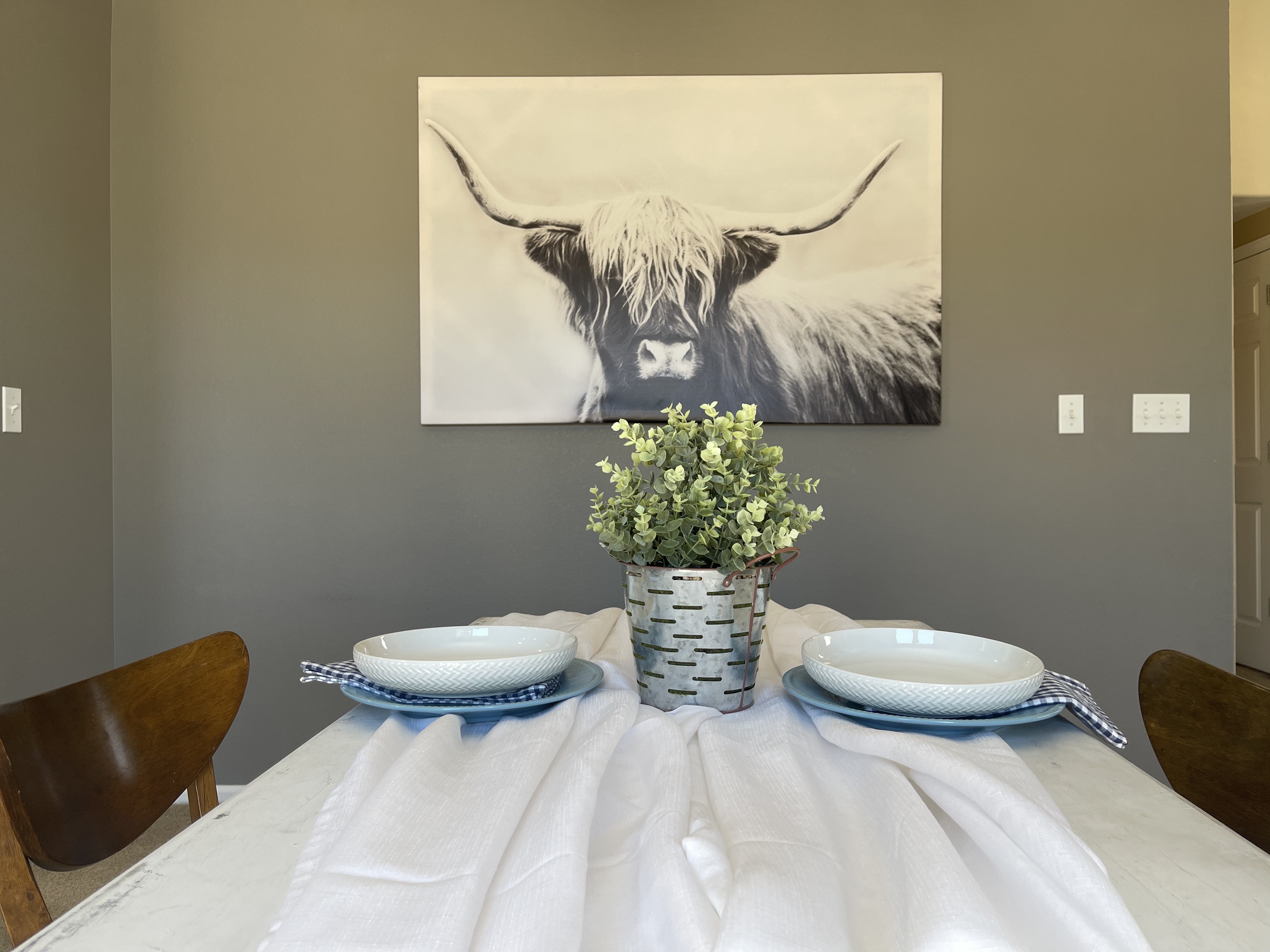Buyer Facts —

What is Home Equity?
Home equity…Everybody wants it, but what exactly is it, and how do you get it?
Equity represents the degree of ownership an individual or entity has in an asset after subtracting any debts against the asset. To say someone shares equity in a company means they would share in any assets remaining after all debts are accounted for.
For example, if your business has sold $500,000 worth of product this year, but you have rent, operating expenses, and a business loan payment totaling $400,000 for the year, you have $100,000 of equity in your business. Equity changes as the value of your assets and debts change.
Home equity works the same way. When you take out a mortgage to purchase a home, your home is collateral on the mortgage loan, so the outstanding mortgage principal must be deducted from the value of the home to determine your home equity.
In most cases, you make a down payment when you purchase your home. That down payment is your initial home equity. If you pay a 20% down payment on a $200,000 home, you have $40,000 equity when you close on your purchase.
As time goes on and you continue to pay down your mortgage principal, your equity grows. Usually, the longer your own your home, the more equity you gain because you are paying down your mortgage. However, any debts you take on using your home value as collateral, such as a second mortgage or home equity line of credit (HELOC,) decrease your home equity.
The changing real estate market also influences your equity. If you paid $200,000 for your home, and two years later the homes in your neighborhood start selling in the $400,000 range, your theoretical equity increases. (Theoretical because you don’t realize your home equity until you sell your home and pay off all debts against it.) You can also lose equity if the market takes a dive but be patient and it should recover in time.
Equity also grows if you make improvements on your home that increase its value. Let’s say you add a swimming pool and all new appliances. You have increased the value of the home. Your equity doesn’t increase by the amount you spent on the improvements, but on the value you get upon resale. This is an important point when considering making improvements prior to putting your home on the market, and one that is often misunderstood.
Let’s say Joe spends $50,000 on upgrades to his home. He might tell his neighbor, “I have $50,000 in my home,” but when he goes to sell, the current market dictates how much he will actually get in return. If Joe ends up selling for $40,000 more than he originally paid, his $50,000 investment got him $40,000 in home equity.
Some things you can do to increase your home equity include:
1) Make a large down payment when you purchase your home. The more cash you put down, the more equity you begin with.
2) Make increased or extra payments on your mortgage principal. Adding to the principal portion only on your monthly payments, or making extra payments when you are able, helps chip away at your outstanding debt.
3) Be smart when making home improvements. Not all improvements build equity. Some improvements may be personal preferences that don’t necessarily add value for resale.
Improvements such as a new HVAC system, new appliances, or a new roof are usually more reliable investments than a fountain in the front yard or surround sound speakers throughout the house.
4) Don’t borrow against your home equity unless you must. Home equity is often a homeowner’s biggest asset, and can help to build your retirement nest egg, but it can also come in handy if life throws you a curve ball and you need to borrow against it for an unforeseen emergency. Be careful not to borrow against your equity for frivolous purposes, so it will be there if you really need it.
5) Sell when the market is favorable. If you are counting on your home equity to help finance your next home, pay for your children’s education, or add to your retirement funds, try to sell during a seller’s market when inventory is needed in your area.
Have more questions about your own home equity? Let’s talk! Send me an email or give me a call.





